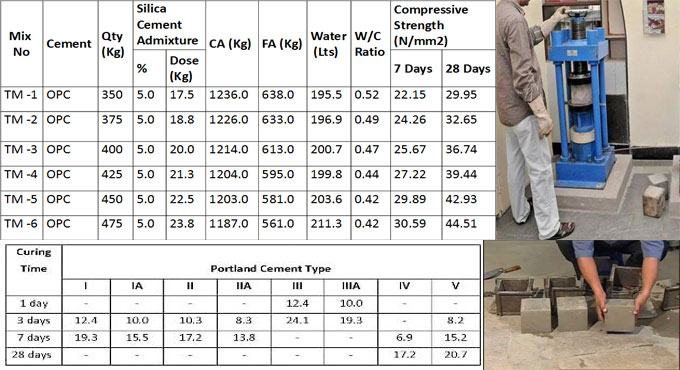
How the strength of cement is affected with different types of liquids
Besides, water, there are various types of liquids which can provide great impact on the strength of cement. In this construction article, you will learn how to produce robust cement to protect buildings against earthquakes.
For this purpose, you require different types of liquids like water (the control), carbonated water, orange juice, ammonia, and bleach. Uniform cement blocks are developed from equivalent parts of dry cement and each liquid. To check the flexural strength and impact energy, every block is examined thoroughly. With proper flexural strength, it is possible for the block to resist an enormous load.
The block is examined with growing loads unless failure occurs. Impact energy calculates the toughness of something and the measuring unit is foot-pounds. For every type of cement three estimations are provided by dropping a one-pound weight on a fragment that begins at one-foot heights and then raise the height unless the fragment gets broken.
From this experiment, it is revealed that cement becomes weaker with orange juice, whereas cement gets stronger with ammonia and bleach. To obtain these results, the chemistry of cement is analyzed and applied pHs of all the liquids are examined. It is observed that the hydration of cement belongs to an alkaline reaction and that the acidic liquid (orange juice) forms the feeble cement whereas the basic liquids (ammonia and bleach) produce the strongest cement. With the inclusion of basic liquids, the chemical reaction of hydration becomes stronger and quicker. As a result, the stronger cement is produced.
From this experiment, we learn that basic liquids transform cement stronger and acidic liquids transform cement feeble. In concrete construction, cement is blended with gravel and metal to make it stronger.
When basic liquids are utilized in cement, concrete becomes significantly stronger to protect buildings buildings and bridges against earthquake. So, it is suggested that construction sites must examine the pH of their water prior to apply it in the cement to check that it is not acidic to reduce its strength. Checking the strength of cement with liquids excluding water demonstrates that basic liquids make cement stronger whereas acidic liquids transform it feeble.
Article Source: www.aboutcivil.org


